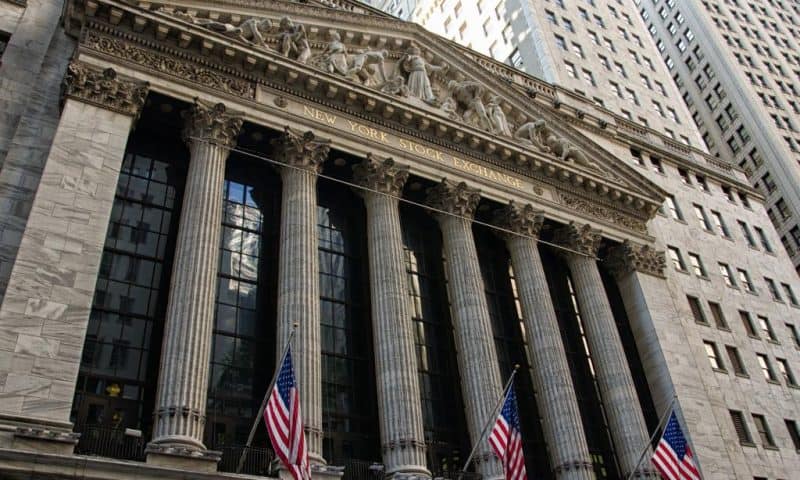The portfolio manager who helps run a mutual fund that consistently beats the market and its peers said the key to his success is being able to wait for stocks to pop.
The D.F. Dent Premier Growth Fund, which has returned over 15% annually over the past 10 years and notched a 42.9% gain in 2019, historically beats both the S&P 500 and the Morningstar average for large cap growth funds. The fund typically has around 40 stocks in its portfolio, with most of the holdings being large cap stocks. About 10% of holdings are small cap stocks, which the fund defines as market caps under $3 billion.
Bruce Kennedy, a portfolio manager at D.F. Dent since 2007 with prior experience at T. Rowe Price and Goldman Sachs and a co-manager of the fund, said the fund tries not to focus on capturing quick spikes in upcoming quarters but instead looks for stocks that have the potential to grow dramatically within a wider time window.
Being able to take a longer view gives the fund an advantage over other traders, Kennedy said.
“I had a former boss who shared with me the term of a popcorn stock. If you think about a kernel of popcorn you put in your popcorn popper, that kernel could pop in five seconds or it could pop in two minutes, except you’re pretty confident that if you put a kernel in the popper probably 95% of them will pop,” Kennedy said.
“So we look for stocks that are like that, where you’re not sure if the stock will work in the next three months or six months or maybe it will be three or four years, except you see enough ingredients in place that could make it a winning stock that the risk reward is favorable,” he said.
What to look for
The fund’s current kernels include a mix of financial and payment companies, including Visa, S&P Global and specialty insurer Markel, which Kennedy likened to a “mini Berkshire Hathaway.”
Kennedy said the investments aren’t based on a belief about the direction of the financial industry, but instead reflect confidence about the specific companies, including their lack of leverage. He also said the fund is interested in financials and other companies that are light on physical assets.
“Essentially, if you have an asset-light company then you don’t need capital to grow. So if you have a growth oriented business model — let’s say you’re Marriott and you can grow your business on somebody else’s capital, then that’s great and it leads to very good returns to shareholders,” Kennedy said.
Valuing stocks differs from company to company, Kennedy said. He pointed to Amazon as a company that, based on current earnings, could be seen as overvalued, but investors know it has the potential to significantly grow profits in the future.
“There’s no magic to it, no fancy back box or top secret stored in a vault, anything like that. It depends a lot on the company,” Kennedy said.
When to sell
The fund has a turnover of about 20-30% annually on a dollar basis, with between four and eight stocks typically added each year, Chief Operating Officer Michael Morill said.
The fund is active at trimming and growing positions over time, but Kennedy said the fund is careful not to have hard price targets to either buy or sell.
“We don’t have any stop-loss targets, and that’s in part because if we did in 2009 then the whole portfolio would have been sold at just the wrong time. And we don’t have specific targets, just because all of our decisions are relative to our other opportunities,” Kennedy said.
When the fund decides it is time to remove a stock, the managers will dissolve the position over time to get the best possible return, Kennedy said.
“We won’t necessarily blow the stock out the next day because that’s not always the best thing to do, and often there are a lot of other people thinking the same thing … sometimes it takes a day, sometimes it takes a month, sometimes it takes a year, but it’s on the path out of the portfolio,” Kennedy said.

